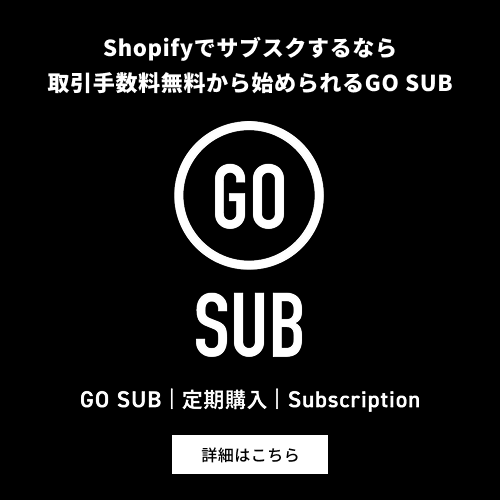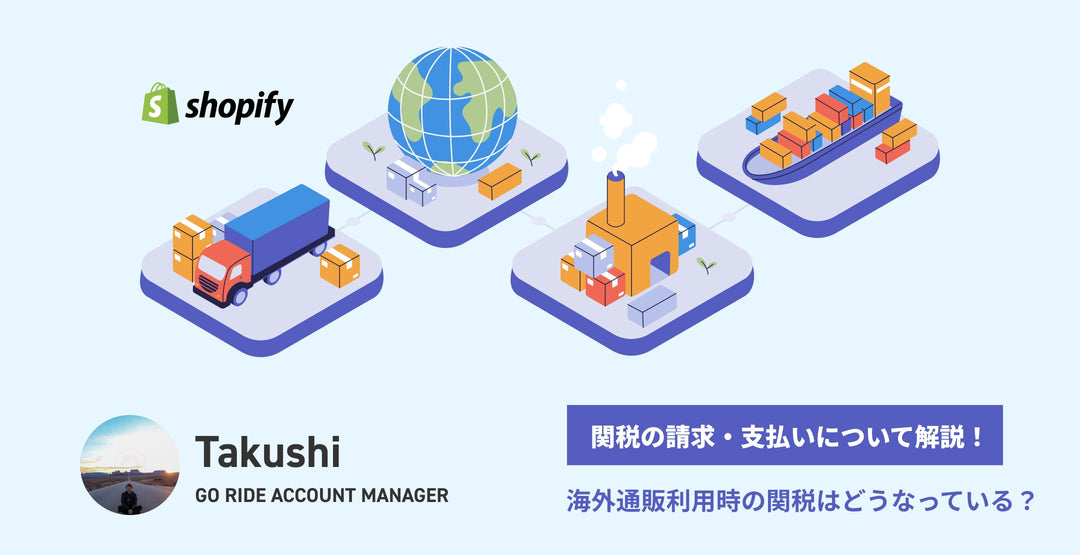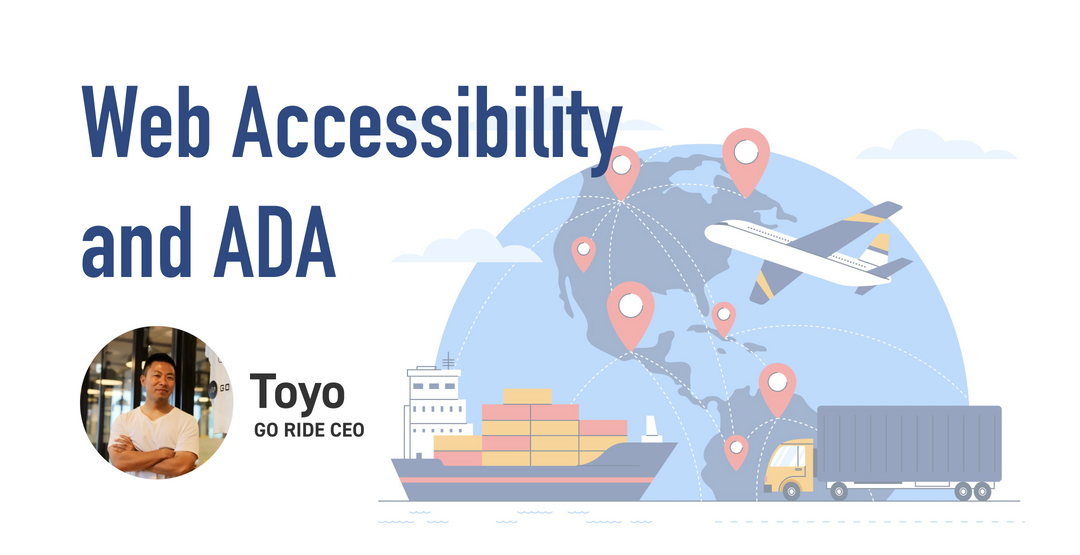What is LP? About ingenuity to read the LP in the subscription
If you run an e-commerce site that offers subscription services, you've probably had plenty of opportunities to think about "LPs" (landing pages). By having your customers read a well-crafted LP, you can attract more visitors and boost your subscription sales.
In this article, we'll explain the details of LPs, how to utilize them for subscriptions, and the process of creating one, with a focus on those who aren't familiar with LPs or feel uneasy about how to make them.
What is an LP (Landing Page)?
An LP stands for "Landing Page." It's the first page a customer sees when they visit your site, and in e-commerce, it usually refers to a product page. Whether or not consumers become interested in your subscription service depends largely on the content and design of your LP.
Here, let's confirm the features and objectives of an LP in detail.
We also have an in-depth article about LPs available on our website.
Be sure to check that out as well!
[Click here for the article]
Everything You Wanted to Know About LPs (Landing Pages): Benefits Beyond Conversions
Features of an LP
An LP (Landing Page) primarily attracts customers through search engines and web advertisements. Web ads include listing ads displayed at the top of search engine results, social media ads on platforms like X and Instagram, and article ads published in news media.
LP designs are typically long and vertical, providing concise information about products or services on a single page to prevent visitors from leaving midway. To capture customer interest, many LPs feature eye-catching designs, such as large buttons, bold colors, and catchy copy. Another characteristic is prominently displaying the benefits customers can gain, in order to increase appeal.
Additionally, LPs generally only include information about the specific product or service, without links to related products. By placing only a “Purchase” or “Apply” button, the number of choices is reduced, keeping the customer's attention focused and encouraging actions that lead directly to conversions.

There are two meanings of LP.
LP has two meanings: a broad definition and a narrow definition, each with different content.
・LP in the broad sense
This refers to the web page that is first visited by customers who come through search engines or web advertisements. The top page that is displayed first when browsing a site is considered the LP in the broad sense.
・LP in the narrow sense
This refers to a web page that introduces information about a product or service on a single page. It is designed to guide customers to make inquiries or applications, and in the context of e-commerce sites, LP is used in this narrow sense.
Purpose of LP
The purpose of an LP is to maximize conversions (CV), such as purchases or inquiries, by encouraging visitors to take action.
Conversion refers to 'conversion' or 'change,' and represents the final achievement gained from operating a website. On e-commerce sites, conversion is typically understood as being synonymous with the purchase of a product or service.
LPs are created with a focus on conversion. Among the various customer acquisition methods, setting up an LP as the landing page for a widely viewed web ad makes it easier to communicate product or service information to potential customers and aims to maximize conversions.
Differences Between LPs and HPs (Homepages)
LPs and HPs differ in their objectives, target audience, and design, among other aspects.
・Purpose
LPs are designed with the primary goal of maximizing conversions, while HPs are created to broadly communicate company information.
・Target Audience
LPs target prospective customers, highlighting the features and appeal of products or services. HPs, on the other hand, are aimed at a wider range of stakeholders, including customers, business partners, investors, and job seekers (stakeholders).
・Design
LPs are created with eye-catching designs that appeal to the customer’s psychology, and typically consist of a single page. In the case of an HP, most sites feature orthodox designs that maintain the company’s image, with about 5 to 10 pages covering sections like the top page, corporate philosophy, and business details.
In addition, production costs can vary. Since LPs have fewer pages than HPs, production costs are generally lower.
On subsites, LPs become an important element.
The main advantage of subscription-based services with regular or fixed payments is the ability to achieve stable revenue. In today’s world, where the internet is widespread, a variety of devices are commonly used, and more customers are signing up for subscriptions that accompany them.
Simply offering excellent products or services that customers want is not enough to ensure the success of a subscription business. In providing subscription services, acquiring new customers is especially important, and that’s where landing pages (LPs) come in. LPs introduce subscription business products and services in a clear and appropriate way. An appealing LP that resonates with customers’ psychology can draw their interest and lead to conversions.
Additionally, SEO measures are also effective for LPs. If your LP ranks high in search engine results, it becomes easier to acquire new customers.
Types of landing page structures that work for subscriptions
What’s essential in the structure of an LP are the elements that boost a customer’s willingness to buy. Below, we’ll introduce three types of LP structures you can use for sub-skus.
Problem-Solving Model
The problem-solving model LP is characterized by content designed to encourage customers who are looking to solve a problem to take action. This type of LP is typically created in a vertical format, sequentially presenting the information customers want to know and explaining the product or service.
When creating an LP, the problem-solving model is the most commonly used type.
Desire-Fulfillment Model
Desire-fulfillment model products and services refer to those that satisfy a desire, but are not immediately necessary. For example, overseas travel, favorite brand items, and new model smartphones fall into this category.
In most cases, customers already understand the features and benefits of the product or service, so by enhancing the image through a desire-fulfillment LP, you can make it even more appealing. 
Latent Needs Model
There are cases where, triggered by some event, customers' latent needs increase, prompting them to actively search for necessary products or services. Examples include disaster preparedness kits or dash cams.
Based on this, when customers' needs become apparent, an LP tailored to the latent needs model is most appropriate.
Merits of LPs in Subsc
Here, let's confirm three key points about the merits of LPs in Subsc operations on EC sites.
Effective marketing to users
With a vertically long, single-page LP, you can sequentially communicate points such as language that directly addresses customer concerns or points that lead to purchase motivation. By optimizing the LP, you can smoothly achieve the goal of maximizing conversions.
By analyzing customer behavior from the landing page (LP) and making improvements tailored to their needs, you can implement more effective marketing strategies.
Able to reduce the bounce rate
Because LPs typically don’t include links to related products and simply introduce the product or service you want to appeal to customers on a single, clean page, you can minimize the number of visitors who leave the page.
In particular, if you have an attractive LP, you can further decrease the bounce rate and aim to increase conversions. To keep customers on the page, it’s important to optimize the LP effectively and maintain their interest and engagement.
Can be integrated with SEO
By optimizing for SEO, which is search engine optimization, you can display your website higher in search engine results, increasing the number of visitors to your page and improving your site’s performance.
Just like SEO, LPs also help increase a website's visibility, so it's ideal to link the two together. By integrating them, you can potentially boost not only conversions but also actions and sessions from users on your website.
Our company publishes articles about SEO strategies for LPs.
Please check them out as well!
[Click here for the article]
To get users to read your LP via search engines,
For EC sites that operate their own online stores, maximizing conversions through LPs is a key factor. To ensure customers read your LP, it's best to keep in mind the following four points.
Start with the conclusion
When a customer visits a website, it only takes a few seconds for them to decide whether the site is relevant to their needs. That's why it's important to quickly capture the customer's interest when they arrive, so they will be more likely to stay on the site.
On a landing page, it's important to first describe the results and benefits that can be gained from using the product or service. Clearly communicate to customers what benefits they can expect from those results. Consider what the customer is looking for, their preferences, what they want to become in the future, and their concerns when crafting your message.
Optimize the email form
It's also important to optimize the email form so that customers can smoothly proceed to purchase or sign up without dropping out along the way.
Some features of a good email form include the following:
・There are input examples, and if there's an input error, the form provides guidance.
・The text, input boxes, and submit button are large and easy to see.
・Items to be entered must be within the minimum required range.
・Displays which stage you are at, such as "Entering" or "Completed".
・No specification for uppercase/lowercase letters or hyphens in the alphabet.
・No links to other pages are set in the mail form.
・Has a function to protect personal information.
Arrange the placement of the buttons thoughtfully.
Purchase buttons are placed at both the top and bottom of the landing page, but if there is a catch copy, the buttons around it tend to be clicked more. For customers who read through to the end of the page, it's best to also place a button at the very bottom.
For purchases, it's also effective to set a floating button at the top right of the page. A floating button is one that remains in a fixed position even when scrolling through the page.
Make improvements by utilizing analysis tools.
By using analytics tools such as Google Analytics and heat maps on your LP, you can analyze which sections customers are reading and where they are dropping off. Actively utilizing these analytics tools is recommended, as they are also useful for improving your content.

LP Creation Workflow
When creating an LP in-house, there may be cases where you need specialized knowledge of web page development. Here, we’ll explain the general workflow and key points to keep in mind when creating an LP.
① Set your objective
First, define the objective of your campaign. Setting a clear objective from the start will serve as the foundation for your design decisions later on.
When setting your objective, be sure to clearly define your target audience, their timing for visiting the LP, and the concerns or problems they may have.
② Plan the structure
When creating an LP, you’ll use seven key frames: “catch copy,” “empathy section,” “service introduction,” “mid-page conversion,” “benefits,” “implementation results,” and “final conversion.”
By utilizing these frames to pack essential elements into your LP, you can significantly increase its appeal to potential customers.
③ Create the design
Design is extremely important when creating an LP. Based on the goals you set in the initial step, you’ll adjust the overall color scheme, font sizes, and fonts to create the design.
When designing, put yourself in the customer’s shoes and consider whether the product or service information is easy to understand and whether its appeal is effectively conveyed. Let’s create an LP with strong persuasive power.
④ Develop
After creating the design, we'll add features to the LP and continue development. Let's start with the basic settings, such as the LP's URL, contact email address, and the server for uploads. We'll also test the page to make sure everything works correctly.
With “Shopify” and “GoSub,” you can implement these kinds of features.
If you want to run an EC site that focuses on subscription services, Shopify and GO Sub are recommended. With Go Sub, a recurring purchase app, orders are automatically created according to the subscription cycle.
Feature for setting up volume discounts
With Shopify, you can create fixed amount discounts that apply to products in your order.
For GO Sub, you can also apply volume discounts from the “Plan Cycle/Discount Rate” settings screen. GO Sub allows you to set up not only first-time discounts, but also discounts for the second order and beyond, offering flexible volume discount options.
Click here for more details about volume discounts with GoSub
Sample (free product) distribution feature
When distributing sample products for free on Shopify, there is a way to set the product price to 0 yen.
With GoSub, you can apply different discounts for each order, such as offering a 100% discount for the first order and regular discounts for subsequent orders. By using this feature, the first subscription will be free.
Click here for more details about GoSub's sample distribution feature
Go Sub also offers a bundled payment feature.
With a recent update, GoSub has added a bundled payment feature.
Normally, a product priced at 3,000 yen is ordered once a month for a monthly payment of 3,000 yen. However, if you choose bundled payments, you can pay 9,000 yen once every three months and still receive the product every month.
With bundled payments, the STARTER Plan fee remains the same, and there are no handling charges. While many other apps charge handling fees of around 1%, GoSub is one of the most affordable options in the industry, even with its additional features.
We have also published a detailed article about bundled payments.
Please check this as well!
[Bundled Payment Feature] Go Sub | Recurring Purchase | Subscription Update
Summary
LPs are an essential element for getting customers interested in your subscription service. Since customers arrive at your LP from search engines or web ads, you need to create an LP with content that keeps them engaged and reading without dropping off along the way.
When creating an LP, it's important not only to make it visually appealing and attractive, but also to pay attention to optimizing the email form and the placement of purchase buttons. If you're creating an LP in-house, make sure to check the flow as you proceed.
If you're considering starting a subscription service on your EC site, we recommend looking into using GoSub.
Click here to learn more about GoSub
We update our articles daily with new features and ways to use GoSub!









![[2025 Best Buy] If you're not sure what to buy, try this! Introducing products our employees are glad to have bought.](http://goriderep.com/cdn/shop/articles/best-buy.jpg?v=1766996889&width=600)
![Shopify Update Summary [3rd Week of December] - 3 Important Improvements to Make Operations Easier by the End of 2025!](http://goriderep.com/cdn/shop/articles/update-4_c2f02478-0c0c-4c98-a46f-1db9f3cf7375.png?v=1766708027&width=600)

![[Shopify Plus] Automate your sales! Schedule theme and price changes on Launchpad and important points to note](http://goriderep.com/cdn/shop/articles/launchpad_788bf14b-1e5a-43b8-8691-f82c13dd73fb.jpg?v=1764920808&width=600)
